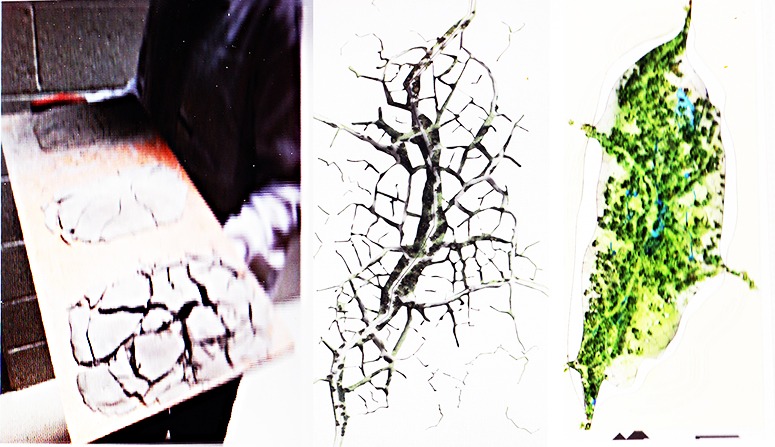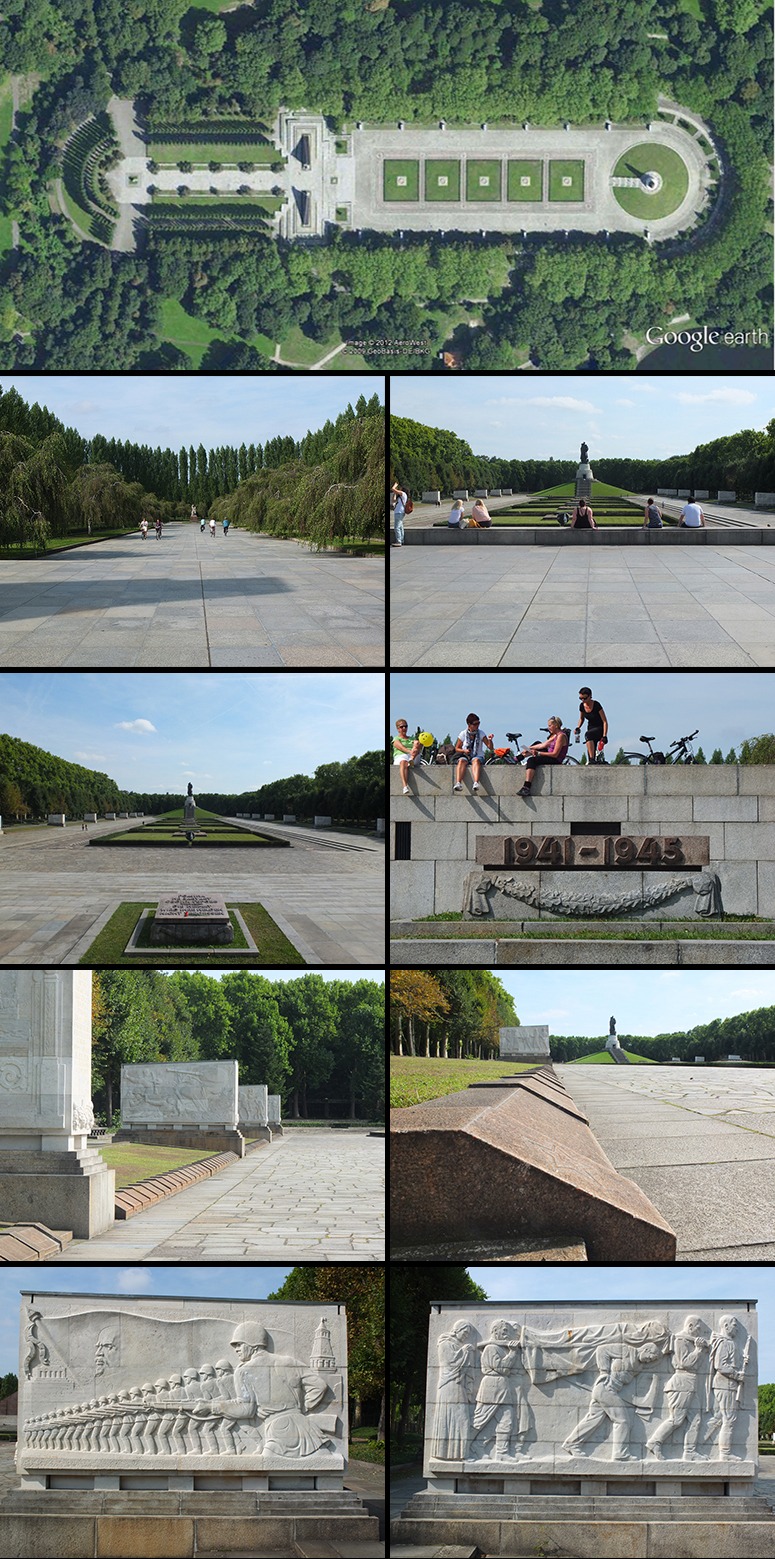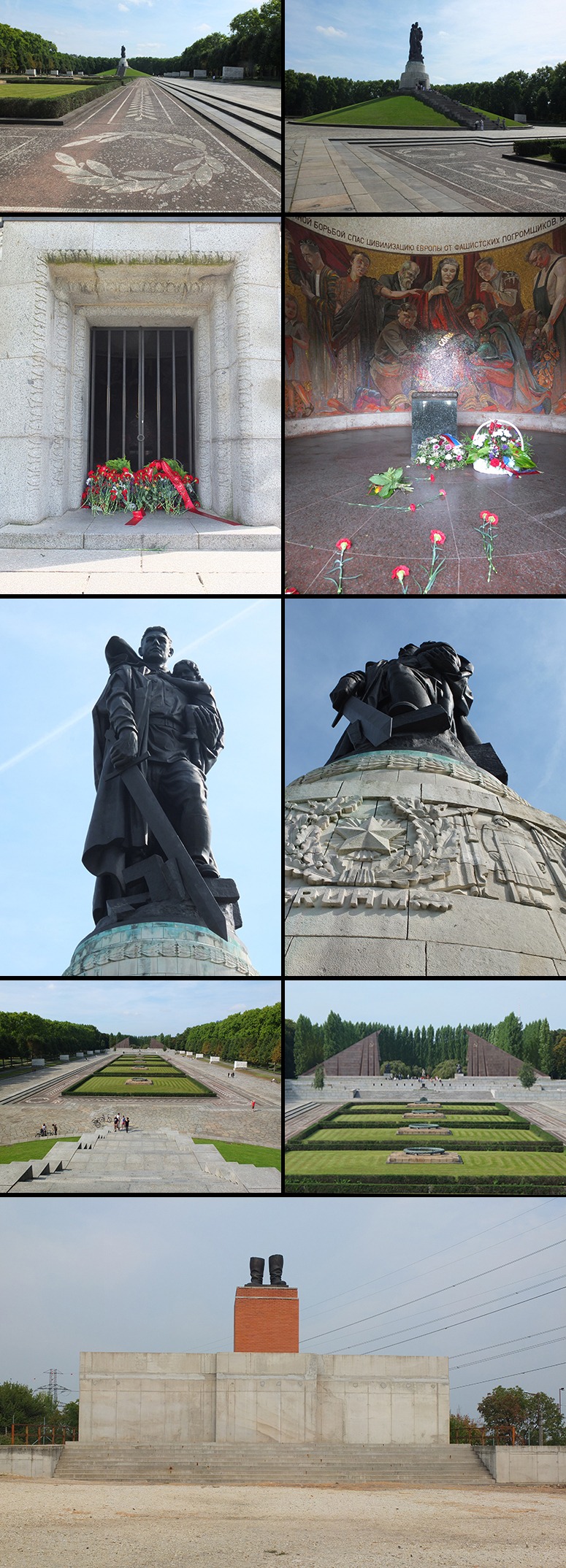Heatherwick, like most artists, holds back from classifying the style in which he works. But he has a well-tested design method and explains that ‘If a potential commissioner asks for “just a sketch”, we have to try to explain that this is not the way to work’. This is because ‘The studio’s design process has always depended on its workshop, which allows it to test and realize ideas through the making of experimental pieces, protypes, models and full-size models of buildings’. I commend this method to the landscape profession. Jonathan Ive (of Apple) also goes through a protyping sequence – which results in the classic High Modernism of Apple products. Corbusier would love Apple products. Heatherwick and Ive both trained in the UK, Heatherwick studying 3D design and Ive studying industrial design. Heatherwick then went to the Royal College of Art, which presumably helped him to become as much an artist as a craftsman as a designer. Also, I believe, it led him into postmodernism. Heatherwick accepts the core insights of Modernism but adds ‘something more’. The more is often a fascination with the controlled repitition of shapes and patterns. Sometimes, this reminds me of Andy Goldsworthy’s work.
The word ‘postmodern’ was first used by John Watkins Chapman in the 1870s as a term for what we would classify as post-impressionist art. In 1926 the term received an unrelated but serious treatment in Canon Bernard Iddings Bell’s Postmodernism and Other Essays. Bell’s argument was that religious fundamentalism is unacceptable, because of the advance of science, and that a full Modernism is also unacceptable. Equating Modernism with the Liberal theology of George Tyrrell and Alfred Loisey, Bell put forward a Postmodernism which welcomed the the insights of science but held firm to the core principles of Christianity. Quotations from Bell:
The Bible can no longer be regarded as an inerrant touchstone, the wholly infallible gift of the Eternal to struggling man.(p.4)
Modernism is, properly, a way of looking at religion which originated with Loisey and Tyrrell, two eminent and deposed Roman Catholic priests. (p.7) [Both were excommunicated]
There is no art for art’s sake. All art exists for the sake of Truth. (p.13)
The scientific intelligentsia now realizes, and for the most part freely admits that, merely by scientific methods, nothing of basic importance, of primary importance, of ontological importance, can be discovered. (p.21)
Fundamentalism is hopelessly outdated. Modernism has ceased to be modern. We are ready for some sort of postmodernism. (p.54)
Insofar as he exists at this moment, the Post-modernist is apt to be a man without a Church. Protestantism, Modernism, and Romanticism alike seem to him to miss the point. (p.65)
This takes us to the distinguished theorist and landscape designer who brought the term Postmodernism to the visual arts. Charles Jencks argues that postmodernism is an approach which is ‘one-half modern and one-half something else’. This is not as different from Bell’s view as one might have expected. Bell and Jencks appear to agree that (1) a scientific understanding of nature is essential (2) artists should be concerned with truths about the nature of the world – as the best landscape art always has been.
God of our fathers, known of old,
Lord of our far flung battle line,
Beneath whose awful hand we hold
Dominion over palm and pine—
Lord God of Hosts, be with us yet,
Lest we forget—lest we forget!
The tumult and the shouting dies;
The captains and the kings depart:
Still stands Thine ancient sacrifice,
An humble and a contrite heart.
Lord God of Hosts, be with us yet,
Lest we forget—lest we forget!
Far called, our navies melt away;
On dune and headland sinks the fire:
Lo, all our pomp of yesterday
Is one with Nineveh and Tyre!
Judge of the Nations, spare us yet,
Lest we forget—lest we forget!
If, drunk with sight of power, we loose
Wild tongues that have not Thee in awe,
Such boastings as the Gentiles use,
Or lesser breeds without the Law—
Lord God of Hosts, be with us yet,
Lest we forget—lest we forget!
For heathen heart that puts her trust
In reeking tube and iron shard,
All valiant dust that builds on dust,
And guarding, calls not Thee to guard,
For frantic boast and foolish word—
Thy mercy on Thy people, Lord!



